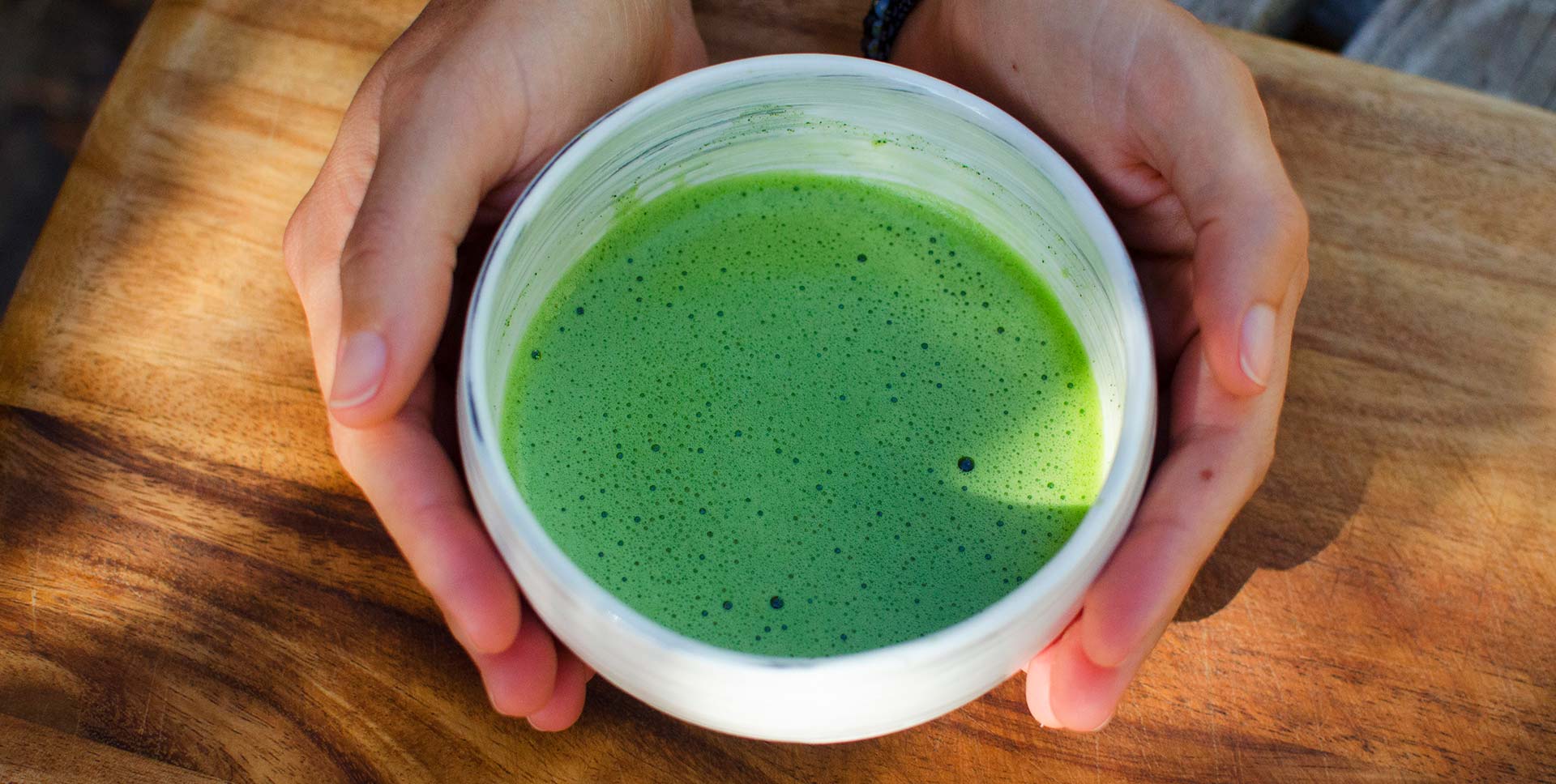Plenty of people consider matcha to be a new trend. In reality it’s been a trend in Japan for roughly 830 years, started by those crazy trend-setting zen buddhist priests. But in a sense, “plenty of people” are right: It is matcha’s introduction into the American and European palate that constitutes the current trend.
The act of serving and receiving an excellent cup of tea can get pretty elaborate (and indeed constitute an entire philosophical and often mystical outlook on life), but it’s really just about summoning gratitude, however momentarily.
Somehow the practice of chado, the way of tea, or maybe more understandably the path to tea, became more about choreography than about tea or gratitude. It became a kind of self-discipline test in which one memorizes and practices hundreds and possibly thousands of rules of etiquette-driven movement. And somehow etiquette became more important than genuine gratitude and great matcha. If you can flawlessly execute the choreography of the particular tea school you’ve chosen to study, you will have “arrived,” and you can even begin to teach this choreography of tea to others.
But I’m betting there were monks from the very beginnings of matcha’s trend toward choreography who didn’t particularly care to enjoy tea in a choreographed manner, who would prefer to still sit in a simple room and enjoy the company of another over an exceptional cup of tea, all wabisabi all the time, gratitude for the moment in spades.
I drink a lot of matcha solo, but almost as often I’m sharing it with someone, and feeling all types of gratitude. It’s the tiniest of personal ceremonies: I attempt, without undue stress, to make the most attractive cup of matcha I can, and offer it up. I try to be grateful to everyone and everything I’ve encountered recently. Sometimes it lasts a minute, sometimes more. I like to imagine it’s similar to how those 12th-century Japanese monks felt.
